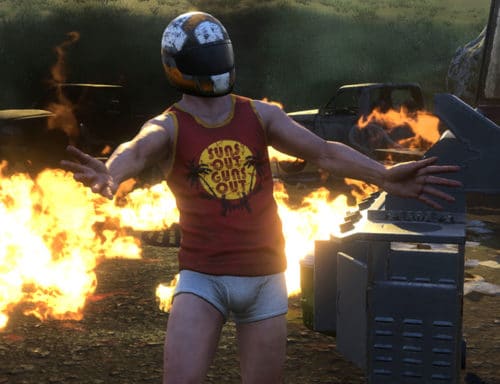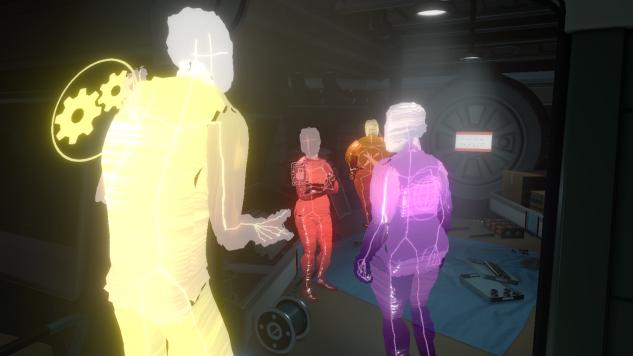Crackdown 3 was one of the first titles presented for Xbox One, and it had the tremendous value of being technologically revolutionary from the foundation on which it was based. The reason is soon said: Microsoft Azure. Microsoft’s cloud computing appeared, in the eyes of the most technical, as the miracle that could combine a local device with servers from across the world to dramatically improve gaming experience without being in any way similar to to that of streaming.
In particular, Crackdown 3 , a game with all the premise to be explosive, had tried to integrate this explosion into the total destruction of the environment, whose calculations would be entrusted to clouds by powerful Microsoft servers from around the world.
A fascinating idea that had made the game much more awaited than you could imagine and that, as seen with the former, it could have been really amazing.
Unfortunately, today, at Crackdown 3’s single player we played, and the title has changed to become almost unrecognizable. Think of everything we’ve written before, and by turning off the switch that controls those settings, you find yourself in a handsome game that’s overly exaggerated, stymied by almost nothing environmental degradation: this was our experience with Crackdown 3 .
Once in a game you begin to get acquainted with the controls of this platforming shooter, mainly defined by jumping, double jumping and directional dash, as far as movement is concerned. Moving to the shooting component, we will have to do with a loadout of three weapons, each replaceable with another one on the way, the first and the second being a machine gun or a shotgun, while the third, with more power, it could come to fruition in a bazooka. The shooting system proved to be immediate and very frantic, with a self-sim making it masterful, within the overall picture.
There is also the possibility of using melee techniques to knock down nearby enemies to engage them with a firearm, either from a punch loaded during a jump, or simply by bouncing on the ground. If we are to be in the presence of objects, from common barrels to heavy cars, we may, by virtue of our superhuman strength, take them and throw them at will against enemies by inflicting them enormous damage.
Another way to inflict damage will be through explosive gadgets such as grenades, or pulling under the misplaced pedestrians on board vehicles within the game, guided as in almost all current open-world pathways. During the test, we found that the vibration was deactivated while driving, and its system as well as simplistic seemed to us to be appealing. Much better at that point, walk on foot and, as needed, use vehicles as bolids from launching on the opponent.
Playability and animation do not agree much
By dynamically alternating these dynamics, you can upgrade into one of the five skills: agility, firearms, strength, explosions, and guidance. There has not yet been a chance to see the skill tree, but each point earned in each field will rise.
Returning to the gameplay, what’s said before is blend in a sympathetic and effective, but uninspired manner. The animations are a little fluid, but the movement is pretty agile and we will not complain of the excessive machininess of the latter.
Of course, the validity of the maps exploration, which is allowed by the double jump and the buildings, will certainly be valuable, at the top of which we will find unpublished weapons.
Unfortunately, however, we can not go back to the dichotomy, which is far too obvious between the effects of on-screen explosions, which are hardened in the cel-shading of the graphic impact, and the actual destruction of the elements, almost totally absent. It’s a shame, because with the power of One X and PC, one could certainly find a square between the maximum offered by cloud computing,



